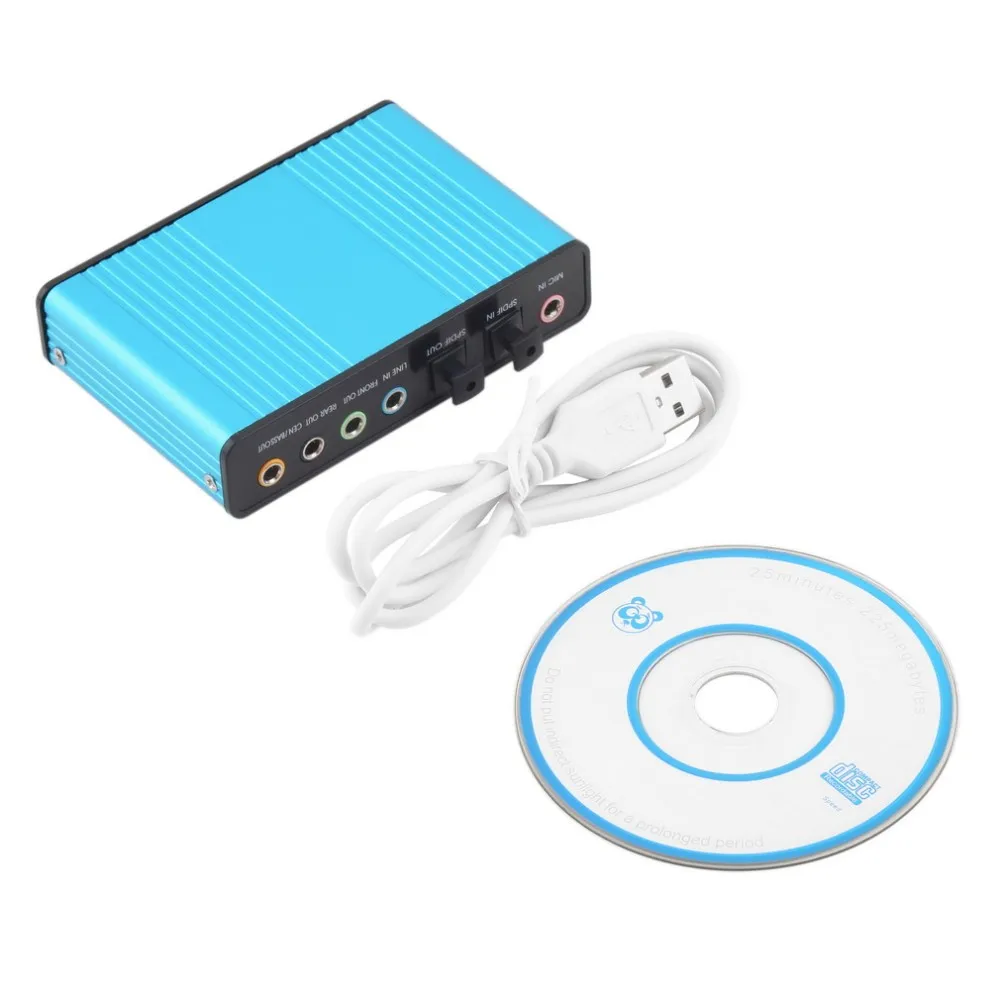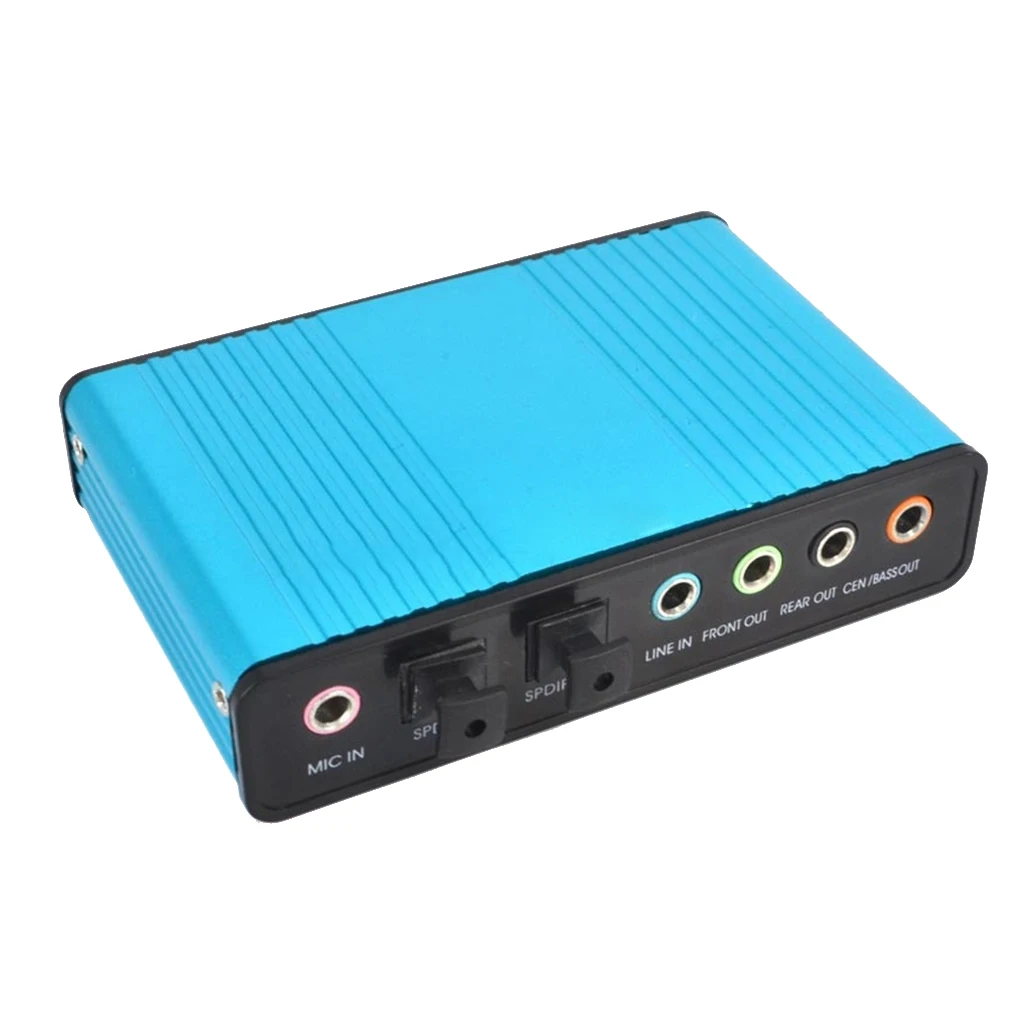



When discussing audio and data, loss indicates a degradation in the quality of the data or sound feed as the cable's length extends. Loss and interference are some of the most common audio quality issues experienced by sound card users. This can help improve sound quality in locations with interference from many electronic devices. Less interference means that cables from an optical sound card can still transmit a clear signal when placed in closer proximity to other, potentially interfering electronic objects than metal-based sound card wires. Optical fibers are advantageous for use with high definition audio signals because they experience less interference and less loss than the metal fibers used in wires. Generally, optical capabilities are found on sound cards that handle high-end, multichannel audio.
External sound card usb optical out serial#
Internal sound cards are installed in a slot located inside the computer, while external sound cards usually connect to the computer using universal serial bus (USB) or FireWire. A computer equipped with an optical sound card can output multichannel sound from the computer to an optical input on a home theater receiver.Īn optical sound card is a sound card that outputs sound to devices that have a digital optical input.Įssential to producing sound from a computer, a sound card is an internal or external device that processes sound information from a computer for play on an output device like a set of speakers, headphones, or an audio receiver. As optical fibers lend themselves well to multichannel sound, optical inputs are most frequently found on sound receivers for home theater setups. Usually used for multi-channel sound feeds, a digital optical input uses an optical fiber cable to transport the data from the optical sound card to the optical-ready sound device. An optical sound card is a sound card that outputs sound to devices that have a digital optical input.


 0 kommentar(er)
0 kommentar(er)
